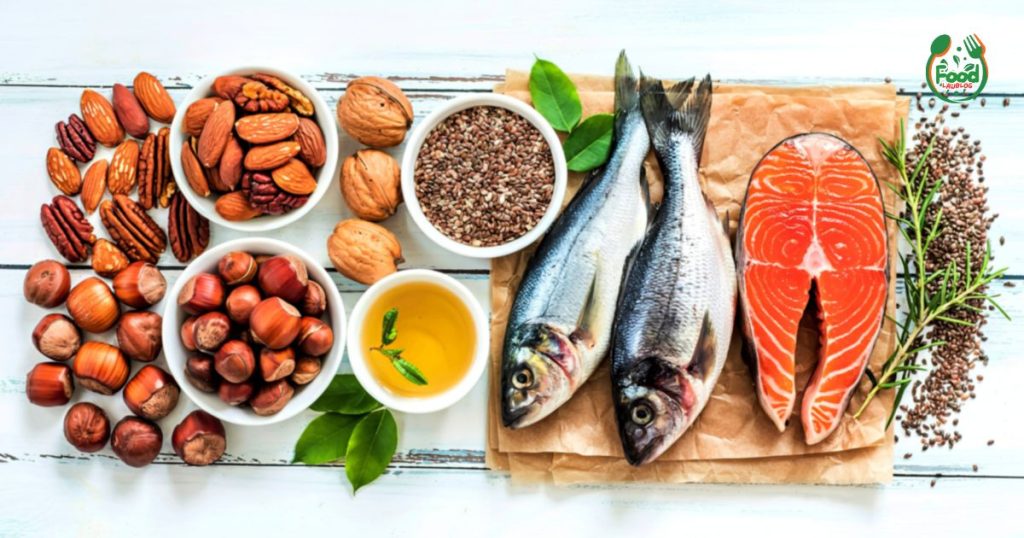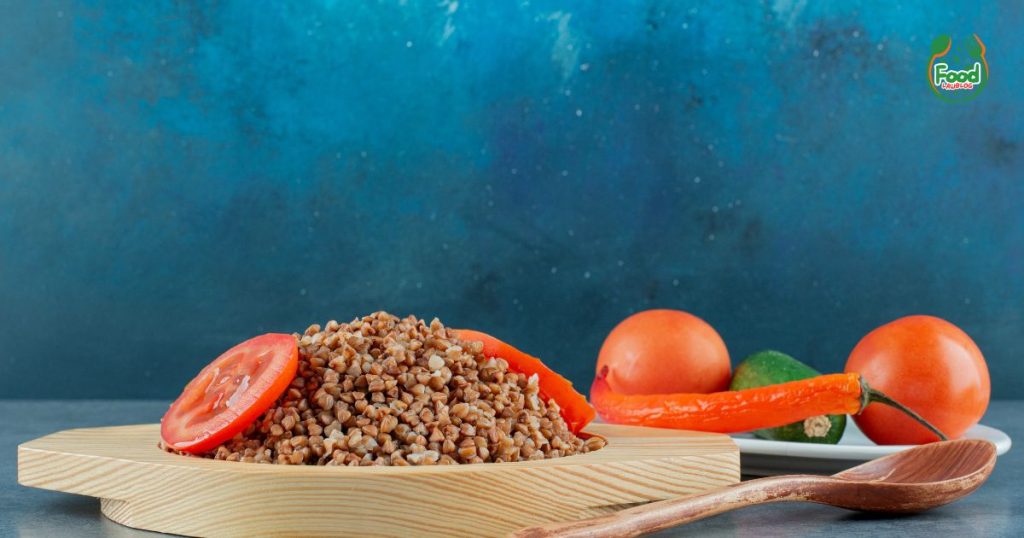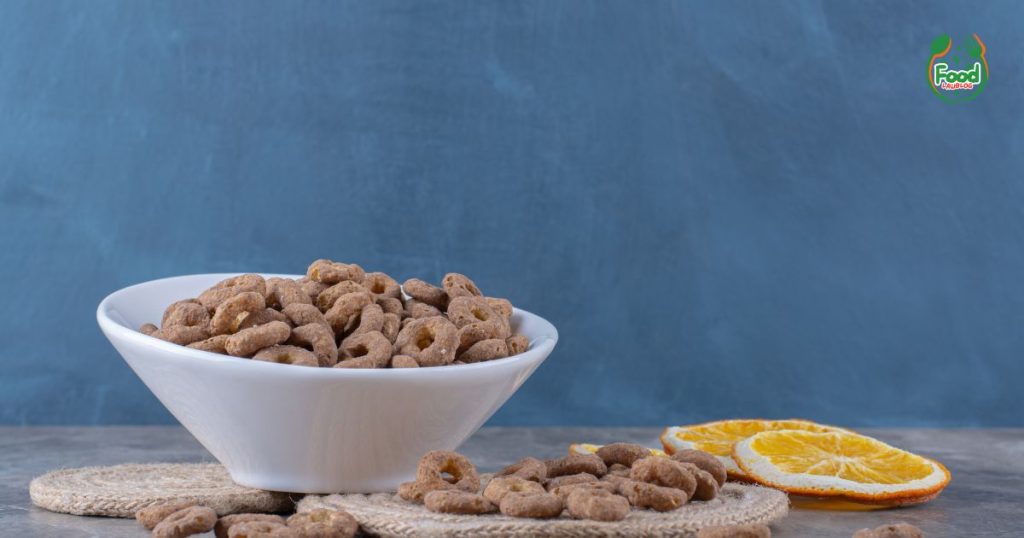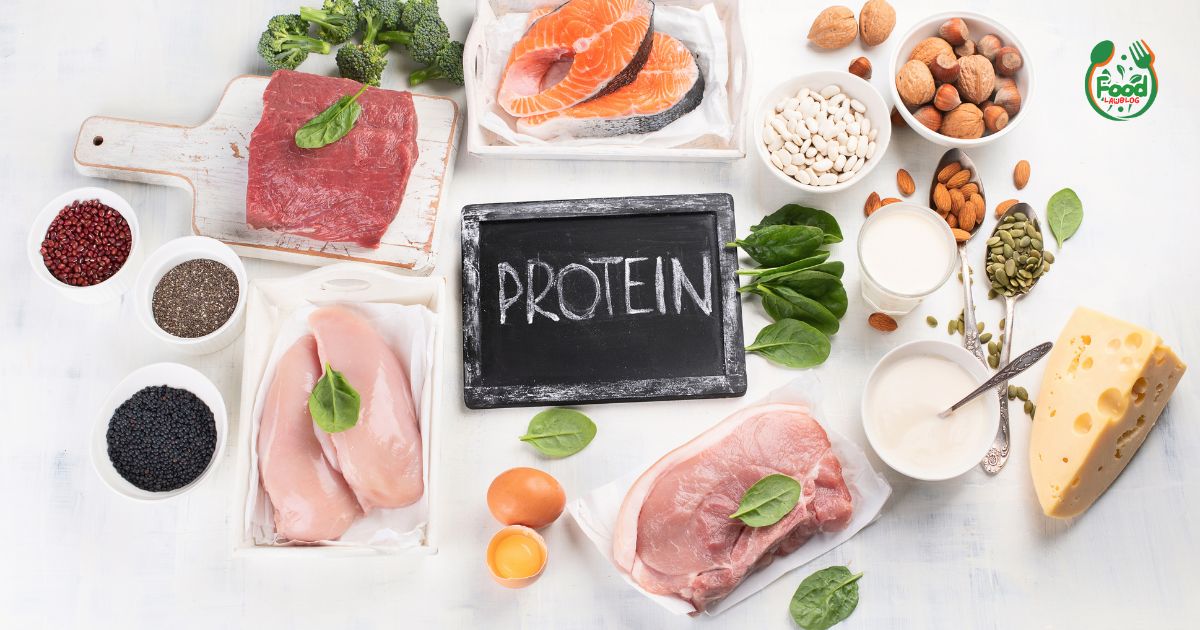Introduction
High Protein Wet Cat Food: Cats are obligate carnivores, a biological reality that dictates their every nutritional need. Unlike dogs or humans, their physiology is finely tuned to thrive on a diet rich in animal-based protein. As our understanding of feline nutrition deepens, the market evolves to meet the demand for diets that honor this carnivorous nature.

The conversation has shifted beyond mere protein content to a more nuanced discussion of protein quality, digestibility, and its role in everything from muscle maintenance to metabolic health. This guide explores the new frontier of feline nutrition, focusing on the high-protein wet cat food 2026 Boost and what it means for the health of our feline companions.
This comprehensive article offers a detailed examination of the science, selection, and practical application of high-protein wet food for cats. We will dissect ingredient labels, explore the importance of amino acids, and guide you through choosing the best diet for your cat’s specific life stage and health needs.
The Science of High-Protein Diets for Obligate Carnivores
To understand the push for higher protein, we must first understand the cat. As obligate carnivores, felines have a unique metabolism. They lack certain enzymatic pathways that allow omnivores to synthesize specific nutrients from plant matter. Their primary energy source in the wild is protein and fat, not carbohydrates.
Why Protein is Paramount for Feline Health
Protein is the building block of life, essential for creating and maintaining every cell in the body. For cats, its role is even more pronounced.
- Muscle Maintenance: Cats require a high level of dietary protein to maintain lean muscle mass, especially as they age. Sarcopenia, the age-related loss of muscle, can be mitigated with a diet rich in high-quality protein. Leucine, an essential amino acid, is particularly vital for stimulating muscle protein synthesis.
- Energy Production: While many animals use carbohydrates for energy, cats are adapted to use protein for gluconeogenesis—the process of creating glucose from non-carbohydrate sources. A constant, high supply of dietary protein is necessary to fuel this process without the body breaking down its own muscle tissue.
- Essential Amino Acids: There are specific amino acids that cats cannot produce themselves and must obtain from their diet. These include taurine, crucial for vision, heart health, and reproduction, and arginine, which is vital for ammonia detoxification. An arginine deficiency can be life-threatening in a very short time. Animal-based protein sources are rich in these critical compounds.
The Role of Moisture in a Cat’s Diet
Wild cats derive most of their hydration from their prey, which is typically around 70% water by volume. This instinct remains in domestic cats, who often have a low thirst drive. Dry kibble contains only about 10% moisture, which can contribute to chronic low-level dehydration. Wet cat food, with its high moisture content (often 75-85%), closely mimics a natural diet and is fundamental for promoting urinary tract health. Adequate hydration helps dilute urine, reducing the risk of forming painful struvite crystals and calcium oxalate stones.
Decoding the Label: What Makes a “Super High Protein” Food?
Navigating a pet food label can be confusing. Terms like “crude protein” don’t tell the whole story. To truly compare foods, you must look beyond the surface.
Crude Protein vs. Dry Matter Basis (DMB)
The “Guaranteed Analysis” on a cat food can list the minimum percentage of crude protein. However, this number is based on the food as it is, including its high moisture content. To make an accurate comparison between different wet foods, or between a wet and dry food, you need to calculate the protein on a dry matter basis (DMB).
How to Calculate DMB Protein:
- Find the moisture percentage on the label (e.g., 78%).
- Subtract the moisture from 100% to get the dry matter percentage (100% – 78% = 22%).
- Find the crude protein percentage (e.g., 12%).
- Divide the crude protein by the dry matter percentage and multiply by 100: (12% / 22%) * 100 = 54.5% DMB protein.
A “super high protein” wet cat food will typically feature a DMB protein content of 50% or higher, derived predominantly from high-quality animal sources.
The Quality of the Protein Source
Animal-based protein sources, such as muscle meat and organs, contain a complete amino acid profile that cats require for optimal health. Plant-based proteins, although they can increase the crude protein number on the label, lack the full spectrum of essential amino acids, such as taurine.
Look for specific named meats on the ingredient deck, such as “deboned chicken,” “turkey,” “duck,” or “salmon.” Vague terms like “meat by-products” can vary in quality. While organ meats, such as liver and heart, are excellent sources of nutrients, they should be part of a balanced diet that prioritizes muscle meat.
A Buyer’s Guide to Selecting the Best High-Protein Wet Food
Choosing the right food involves a balanced assessment of several key factors. Use this framework to evaluate your options and make an informed decision for your cat.
What to Look For:
- Named Animal Proteins First: The first few ingredients should be high-quality, named animal sources (e.g., chicken, beef, fish).
- High DMB Protein: Calculate the Dry Matter Basis to ensure protein content is above 50%.
- Complete and Balanced Statement: The food must meet the nutritional standards set by AAFCO (Association of American Feed Control Officials) or FEDIAF (European Pet Food Industry Federation) for the appropriate life stage feeding (kitten, adult, all life stages).
- Low Carbohydrate Content: Fewer fillers, such as grains, corn, soy, and potatoes, mean more room for species-appropriate ingredients.
- Adequate Fat Content: Healthy, named animal fats are a crucial energy source and aid in the absorption of fat-soluble vitamins. Look for a balanced fat-to-protein ratio.
- Essential Nutrients: Ensure the formula is fortified with taurine, omega-3 fatty acids (DHA & EPA), and a full complement of vitamins and minerals.
- Manufacturing Transparency: Look for brands that provide clear information about their sourcing, manufacturing processes, and quality control measures. BPA-free lining in cans is a significant plus.

What to Avoid:
- Vague Ingredient Names: Avoid formulas listing “meat by-products” or “animal derivatives” as a primary ingredient.
- High Levels of Plant Protein: Ingredients like corn gluten meal or pea protein, which are used to inflate the protein percentage, are less bioavailable to cats.
- Artificial Additives: Avoid artificial colors, flavors, and chemical preservatives such as BHA, BHT, and ethoxyquin.
- Excessive Fillers: Unnecessary carbohydrates from wheat, corn, and soy offer little nutritional value for an obligate carnivore.
- **High Phosphorus Levels (for some cats): While necessary, excessive phosphorus can be taxing on the kidneys. This is especially important for senior cats or those with renal issues. Look for phosphorus levels under 250 mg/100 kcal for at-risk cats. (Suggestion: Link outbound to a veterinary resource like the World Small Animal Veterinary Association (WSAVA) for more on feline nutrition guidelines.)
Product Comparison Framework: An Analytical Approach
When comparing two potential “Super High Protein Wet Cat Food 2026 Boost” options, don’t just look at the label on the front of the can. Create a simple chart to compare them side by side.
Feature
Product A
Product B
Your Ideal
Primary Protein Source: Chicken, Chicken Liver, Salmon, Tuna, Named muscle meat or fish
DMB Protein % 55% 52% >50%
Phosphorus (mg/100kcal) 240 mg 280 mg <250 mg for seniors/renal; <350 mg for healthy adults
Amino Acid Completeness AAFCO Complete AAFCO Complete Meets AAFCO/FEDIAF standards, taurine fortified.
Texture Pâté Shreds in Gravy Cat’s preference
Palatability (Your Cat’s) High Medium High
Price per 100 kcal $0.75 $0.85 Fits your budget
Sourcing Transparency Traceable ingredients, owned facility, Co-packer, vague sourcing, High transparency, clear lot codes
This methodical approach moves beyond marketing and helps you select a food based on objective nutritional metrics and your cat’s individual needs.
Tailoring Nutrition for Special Dietary Needs
A high-protein diet is beneficial for most cats; however, the specific formulation must be tailored to their unique needs.
Kittens: Fueling Growth and Development
Kittens have immense energy and nutrient requirements to support rapid growth. A high-protein wet food for kittens should be:
- Calorie-Dense: To fuel their high metabolism and active lifestyle.
- Rich in DHA: An omega-3 fatty acid crucial for brain and vision development.
- Highly Digestible: Their developing digestive systems need easily absorbed nutrients.
Senior Cats: Supporting Graceful Aging
As cats enter their senior years (typically 11 years and older), their needs change. A diet for senior cats should focus on:
- High-Quality Protein: To combat age-related muscle loss (sarcopenia). Protein needs may actually increase in healthy seniors.
- Controlled Phosphorus: To support long-term renal support and kidney health.
- Joint Health Support: Added glucosamine, chondroitin, and omega-3s can support mobility and comfort.
- High Palatability: Older cats often experience a decline in their sense of smell and taste, making a highly palatable food essential.

Overweight Cats and Obesity Risk
Cat obesity is a serious health concern, increasing the risk of diabetes, arthritis, and other metabolic diseases. A high-protein, low-carbohydrate wet food is an excellent tool for weight management.
- Promotes Satiety: Protein helps cats feel full and satisfied for longer, reducing begging and overeating.
- Low Glycemic Load: Minimizing carbohydrates helps stabilize blood sugar and prevent fat storage.
- Preserves Muscle: During weight loss, a high-protein diet ensures the cat loses fat, not essential lean muscle.
(Suggestion: Link internally to a detailed article on [feline weight management strategies].)
Cats with Sensitive Stomachs and Food Allergies
For cats experiencing digestive upset or suspected allergies, a carefully selected diet is crucial.
- Limited Ingredient Diet (LID): These diets feature a single animal protein and a minimal number of other ingredients to reduce the chance of a reaction.
- Novel Proteins: Using less common proteins, such as duck, rabbit, or venison, can be effective for cats allergic to common ingredients like chicken or fish.
- Hydrolyzed Proteins: In these diets, the protein is broken down into tiny pieces, making it too small for the immune system to recognize as an allergen.
- Microbiome Support: Formulas with added prebiotics, probiotics, and postbiotics can help support a healthy gut flora and improve digestion.
The Practical Guide: Transitioning and Feeding
Switching your cat’s food requires patience. A gradual transition prevents digestive upset and helps your cat adjust to the new diet.
The 7-Day Transition Plan
Abruptly changing your cat’s food can lead to vomiting or diarrhea. Follow this gradual plan:
- Day 1-2: 75% old food, 25% new food
- Day 3-4: 50% old food, 50% new food
- Day 5-6: 25% old food, 75% new food
- Day 7: 100% new food
Observe your cat’s stool and appetite during this period. If any upset occurs, slow down the transition.
How Much to Feed: A Sample Calculation
Portion control is critical to preventing obesity. Please don’t rely solely on the generic feeding guidelines on the can, as they serve as a starting point. Calculate your cat’s specific needs.
- Determine Daily Caloric Needs: A typical 10-pound indoor adult cat needs about 200-250 calories per day. This varies based on age, activity level, and whether the pet has been spayed or neutered. Your vet can provide the most accurate number. Let’s use 220 kcal/day for our example. (Suggestion: Link internally to a [cat calorie calculator] tool.)
- Find Calories Per Can: The label will list the metabolizable energy (ME), often as “kcal/can.” Let’s say a 5.5-oz can contains 180 kcal.
- Calculate Cans Per Day: Divide the daily caloric need by the calories per can: 220 kcal / 180 kcal/can = ~1.22 cans per day.
In this example, you would feed your cat approximately one and a quarter cans, split into two or more meals.
Storage and Shelf Life
Proper handling of wet food is essential for safety.
- Unopened cans should be stored in a cool, dry place. Check the “best by” date.
- Once opened, uneaten portions must be covered and refrigerated immediately.
- Use refrigerated food within 3 days. Discard any food left at room temperature for more than a few hours.
- Always check for recall notices and know how to find the lot code on the packaging in case you need to identify an affected batch.

Manufacturing and Quality Control in 2026
The future of premium pet food lies in safety, transparency, and sustainable practices.
- Processing Methods: Most wet food is shelf-stable due to retort canning, a process that cooks the food in a sealed container to kill pathogens. Newer methods, such as HPP (high-pressure processing), are being explored for raw or lightly cooked foods to preserve nutrients while ensuring safety.
- Ingredient Sourcing: Leading brands are moving towards responsible sourcing and traceability, allowing consumers to know where their cat’s food comes from.
- Third-Party Testing: The most trustworthy companies voluntarily submit their finished products for third-party testing to verify nutrient content, purity, and safety, providing an extra layer of assurance beyond regulatory minimums.
Frequently Asked Questions (FAQ)
1. Is a grain-free, high-protein diet better for my cat?
For an obligate carnivore, the key is a low-carbohydrate diet, not necessarily a grain-free one. Some grain-free foods replace grains with high-carbohydrate fillers, such as potatoes or peas. Focus on the overall DMB protein, fat, and carbohydrate content rather than just the “grain-free” label.
2. Can a high-protein diet cause kidney disease in a healthy cat?
This is a persistent myth. For a cat with healthy kidneys, a high-protein diet is not harmful and is, in fact, species-appropriate. The issue arises in cats with pre-existing, advanced chronic kidney disease, where a veterinarian may prescribe a therapeutic diet with controlled phosphorus and protein levels.
3. Why is my cat not interested in the new high-protein wet food?
Cats can be neophobic (afraid of new things) and are often sensitive to changes in texture and smell. Dry foods are usually coated with palatants (flavor enhancers) that make them highly addictive. Be patient, use the slow transition plan, and try warming the wet food slightly to enhance its aroma. Different textures, such as pâté versus shreds, can also make a difference.
4. Does wet food cause dental problems in cats?
The idea that dry kibble cleans teeth is largely a myth. Most cats swallow kibble whole, providing no abrasive benefit. Dental health in cats is primarily determined by genetics and professional veterinary care. Neither wet nor dry food is effective in preventing dental disease. (Suggestion: Link internally to an article on [feline dental care].)
5. What does the “ash” content on the label mean?
Ash is the total mineral content of the food (calcium, phosphorus, magnesium, etc.). It’s what would be left if the food were incinerated. While a very high ash content can sometimes be an indicator of lower-quality ingredients, it’s more important to examine the levels of specific minerals, such as phosphorus and magnesium, especially for cats with urinary health concerns.
6. What are novel proteins, and when should I use them?
Novel proteins are sources your cat has likely never eaten before, such as rabbit, venison, duck, or kangaroo. They are primarily used in elimination diets to diagnose food allergies. If your cat is itchy or has chronic GI upset, your vet may recommend a diet with a novel or hydrolyzed protein.
7. How important is the texture of the wet food?
Texture is extremely important for palatability. Some cats have strong preferences. One might love a smooth pâté, while another will only eat chunky shreds in gravy. If your cat rejects a high-quality food, try a different texture from the same brand before giving up on it.
8. Can I feed my cat a mix of wet and dry food?
Yes, mixed feeding can be a good compromise. It provides the hydration benefits of wet food while offering the convenience and cost-effectiveness of dry food. The key is to monitor total calorie intake to prevent overfeeding.
9. What is a “complete and balanced” food?
This is a legal definition regulated by AAFCO. It means the food contains all the nutrients in the required amounts and proportions necessary for a specific life stage (e.g., adult maintenance, growth). Do not feed a food labeled “for intermittent or supplemental feeding only” as your cat’s main diet.
10. How will a super high-protein diet affect my cat’s energy and coat?
A diet rich in high-quality, animal-based protein and fats provides the ideal fuel for a cat. Owners often report improved energy levels, better muscle tone, and a healthier, shinier coat, thanks to the abundance of essential amino acids and fatty acids, such as Omega-3 and Omega-6.
<script type="application/ld+json">
{
"@context": "https://schema.org",
"@type": "BlogPosting",
"mainEntityOfPage": {
"@type": "WebPage",
"@id": "https://foodlawblog.com/"
},
"headline": "Super High Protein Wet Cat Food 2026 Boost",
"description": "High Protein Wet Cat Food: Cats are obligate carnivores, a biological reality that dictates their every nutritional need. Unlike dogs or humans, their physiology is finely tuned to thrive on a diet rich in animal-based protein. As our understanding of feline nutrition deepens, the market evolves to meet the demand for diets that honor this carnivorous nature.",
"image": "https://foodlawblog.com/wp-content/uploads/2025/11/high-protein-wet-cat-food-1.jpg",
"author": {
"@type": "Person",
"name": "Habibur Rahman",
"url": "https://foodlawblog.com/about-us/"
},
"publisher": {
"@type": "Organization",
"name": "Habibur Rahman",
"logo": {
"@type": "ImageObject",
"url": "https://foodlawblog.com/wp-content/uploads/2025/11/cropped-cropped-latest-1.png"
}
},
"datePublished": "2025-11-12",
"dateModified": "2025-11-12"
}
</script>

